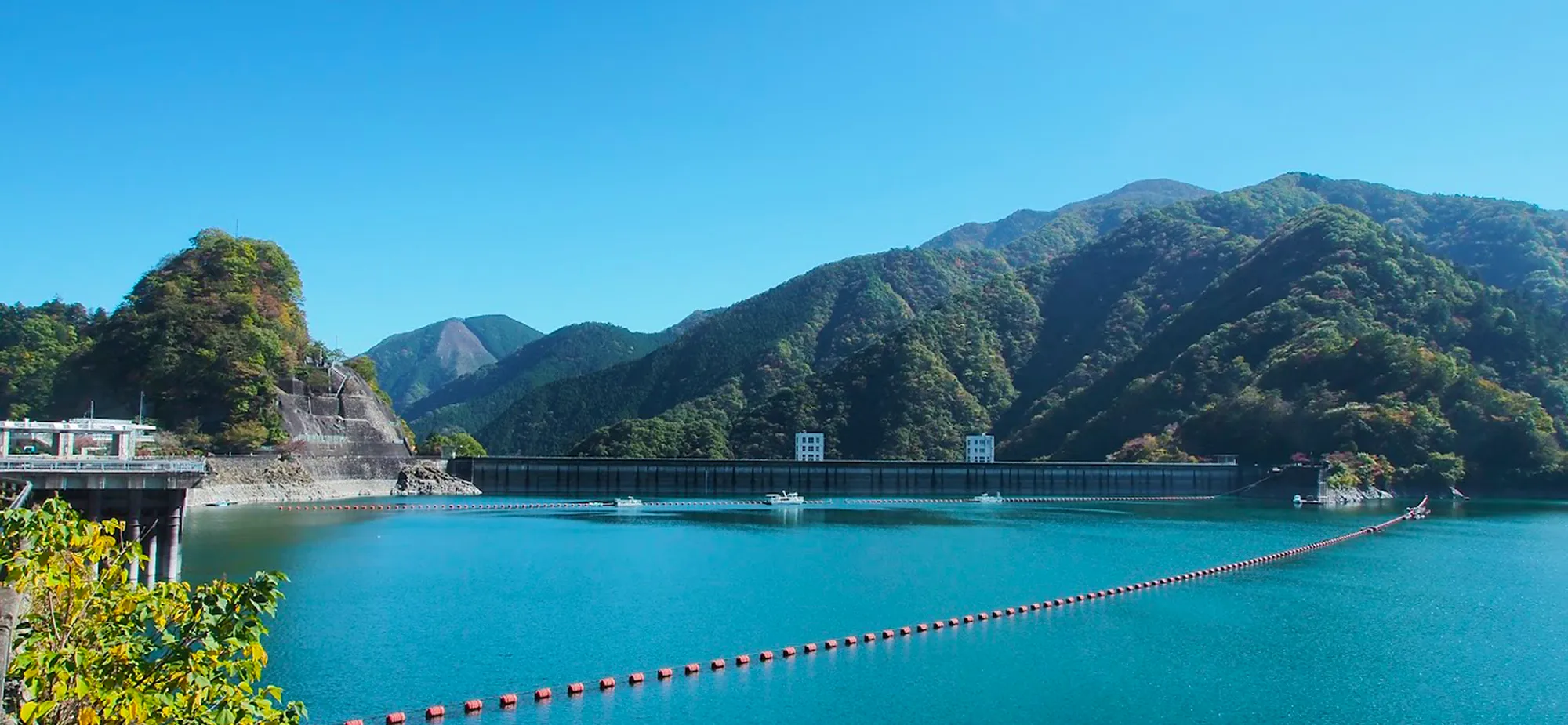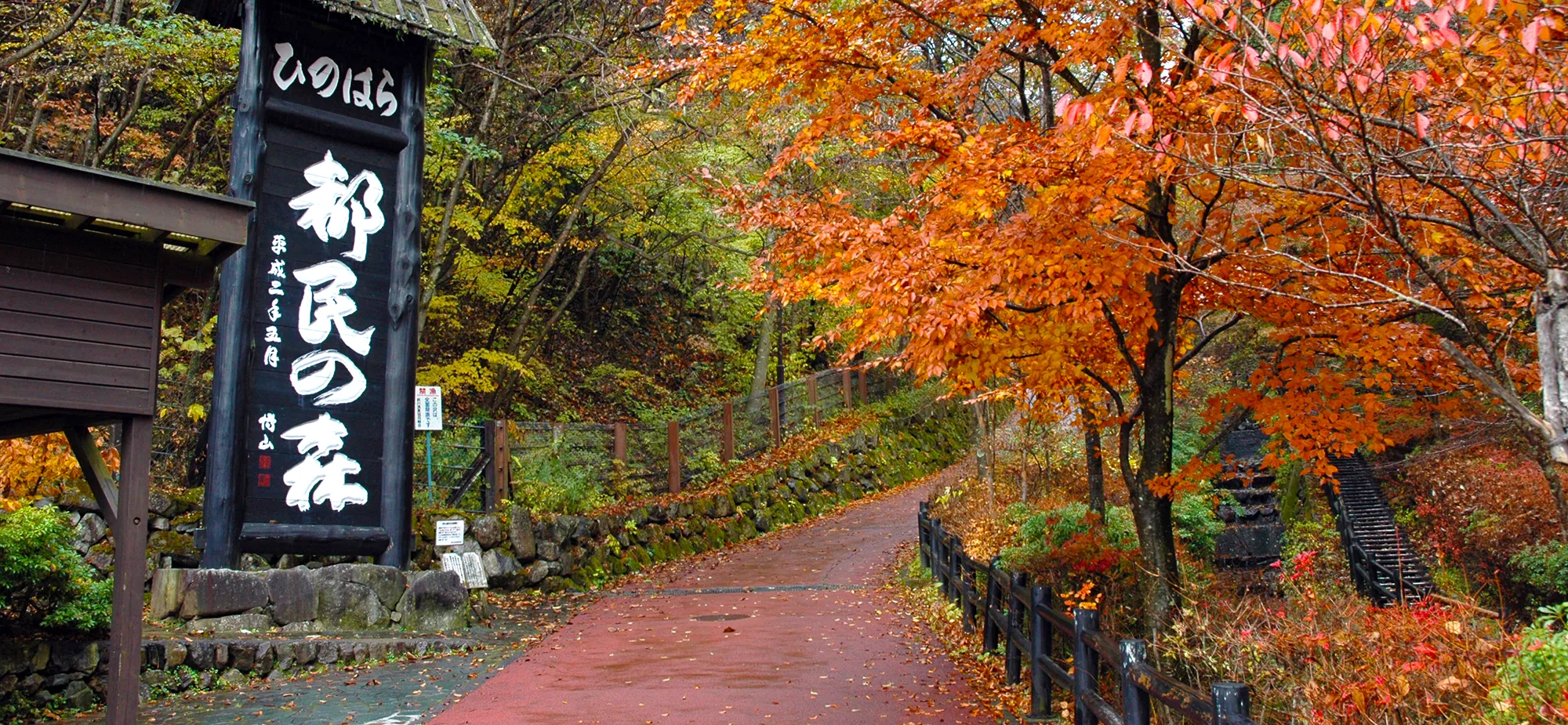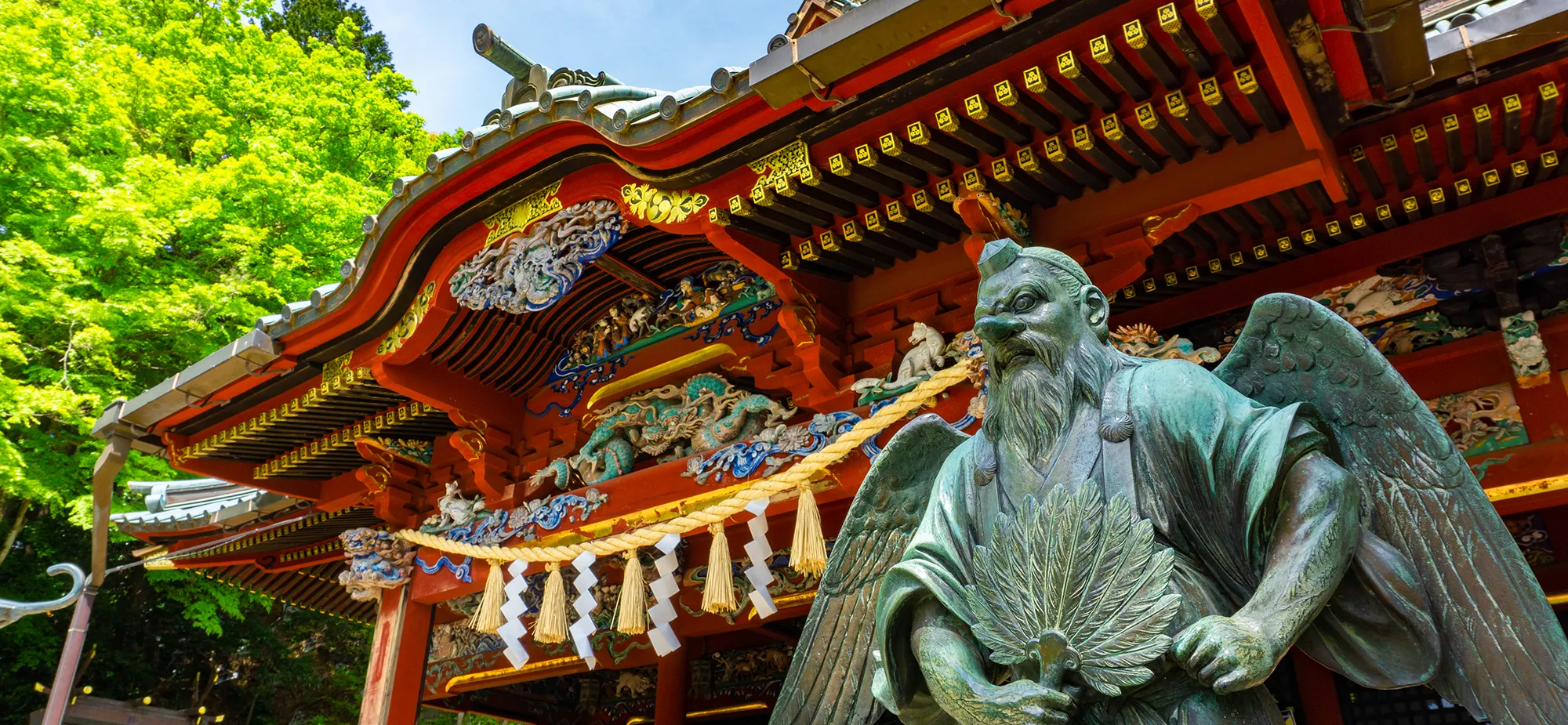- 日本語
- English
プラン
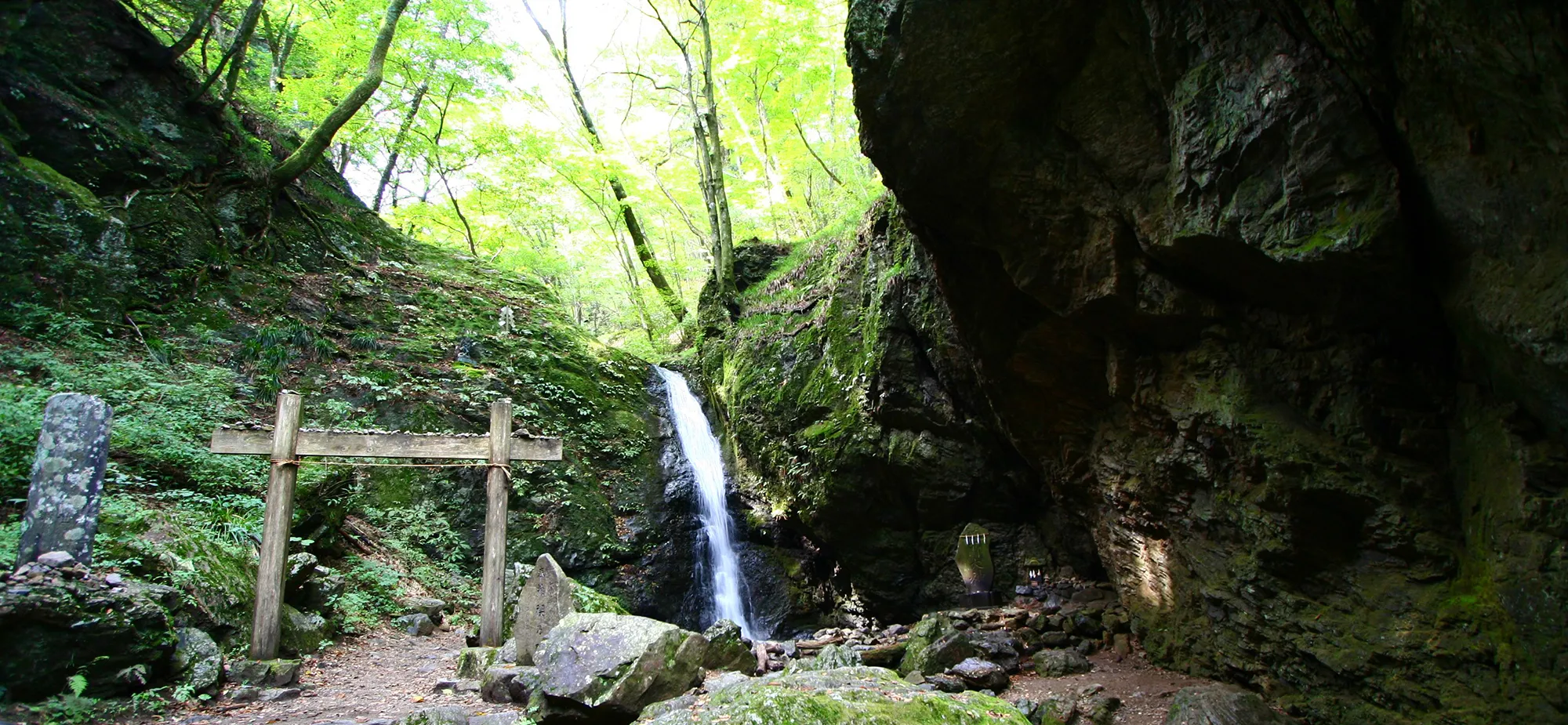
Model Plan 01Ome Plan
A 3 nights and 4 days tour of the nature, history and food in Ome
This is a plan to visit the places of interest of Ome in just 4 days and 3 nights.
On the first day, climb Mt. Mitake and enjoy a day hike at Musashi Mitake-Shrine and nearby waterfalls. For the first night, we will stay at a shukubo on Mt. Mitake, which was originally a lodging facility for monks.
On the second day, you will first enjoy tofu dishes and Japanese sake at the sake theme park Sawanoien, and enjoy the garden while surrounded by the beauty of nature. After that, enjoy fishing at the Okutama Fishing Center and walk along the Hatonosu-keikoku Valley promenade. Stay will be at Yamabato Mountain Village.
On the third day, enjoy the popular Takamizu Sanzan mountain climbing route, which is about 10km long and takes around 4 hours to complete. Takamizu Sanzan is a general term for three mountains: Mt. Takamizusan (759m), Mt. Iwatakeishiyama (793m), and Mt. Sogakusan (756m). Even beginners can enjoy mountain climbing on low mountains like these. Then overnight stay at Hatonosu-so.
On the fourth and final day, we will visit Kongo-ji Temple, which is the origin of the Ome place name. Next comes Shiofune-Kannon-ji Temple, which has the statue of Juichimen Senju Kannon Ryuzo, a nationally designated important cultural property, and stop by Fukiage Shobu Park. After that, we will go to Kamanofuchi Park, which is known for beautiful seasonal scenery, and finally visit Hinatawada Rinsen Garden, where beautiful flowers are in full bloom.
The above is an example plan. Please inquire for details
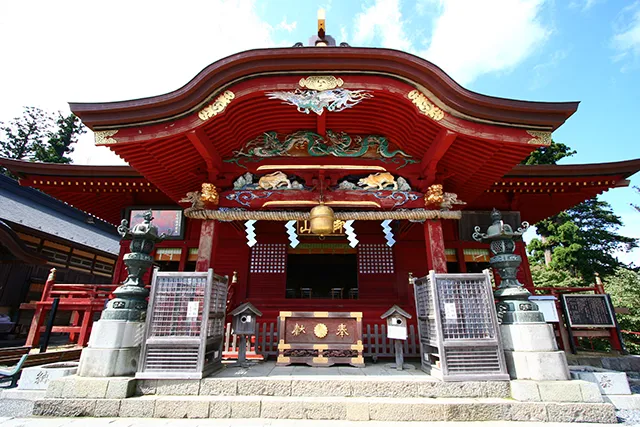
A shrine on the top of Mt. Mitake. This shrine is the center of mountain worship in the Kanto region. In 1590, Tokugawa Ieyasu rebuilt the main structure, which had been facing south, to face east, towards Edo. In recent years, many dog lovers have been visiting the shrine as it enshrines Oinu-sama, god of dogs.
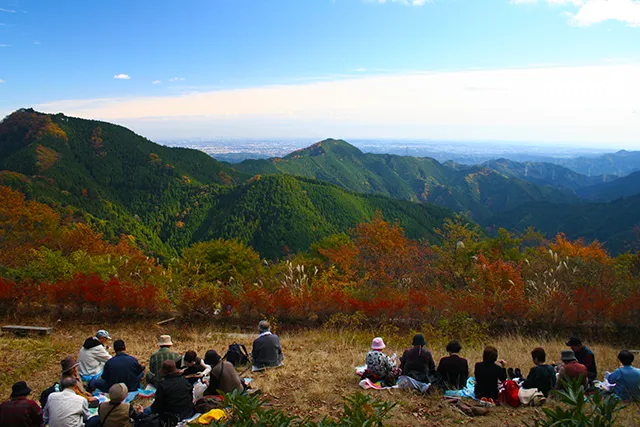
If you go down the mountain path from Musashi Mitake Shrine, you will come to Nagaodaira, a plaza with a great open view, perfect for a rest spot.
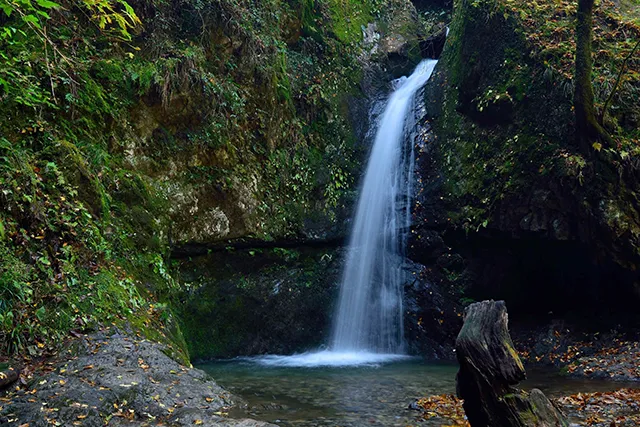
This waterfall consists of 8 large and small falls with a total drop of 50m, and you can only view the last four falls.
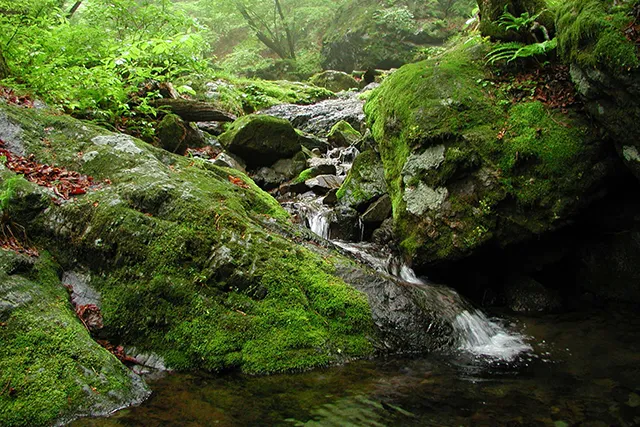
This is a beautiful valley with a total length of about 1.5km and a clear stream flowing between moss-covered rocks. It is recommended to wear clothes that are easy to move in, as there are many ups and downs, and it is very slippery.
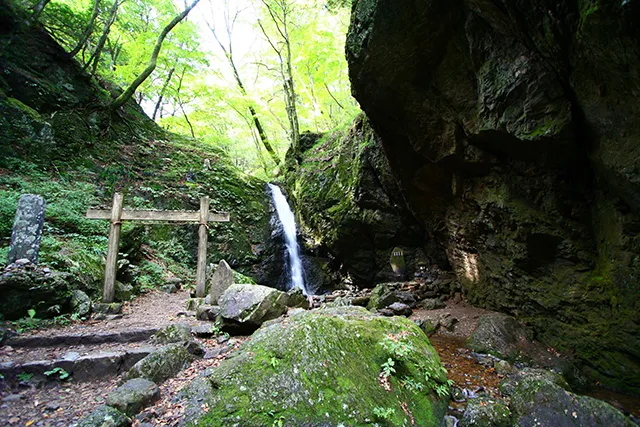
With a drop of 10m, it is a sacred place where Shinto rituals at Musashi Mitake Shrine are held. Haraedo-no-Okami is enshrined here.
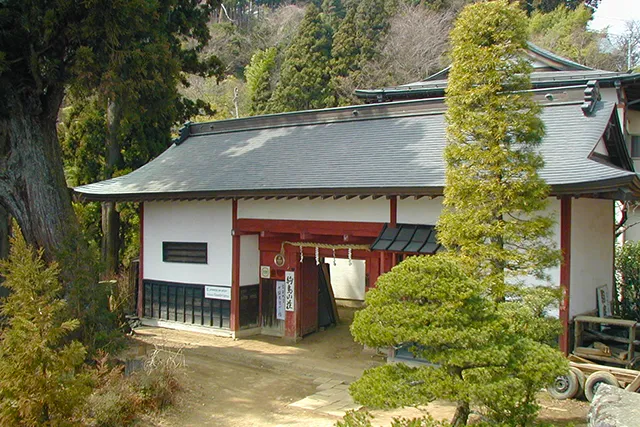
Originally a lodging facility for monks, but with the popularization of visiting temples and shrines, general pilgrims also came to stay. There are more than 20 temple lodgings scattered around Musashi Mitake Shrine, and all of them are long established lodgings that have been run by Shinto priests called Oshi.
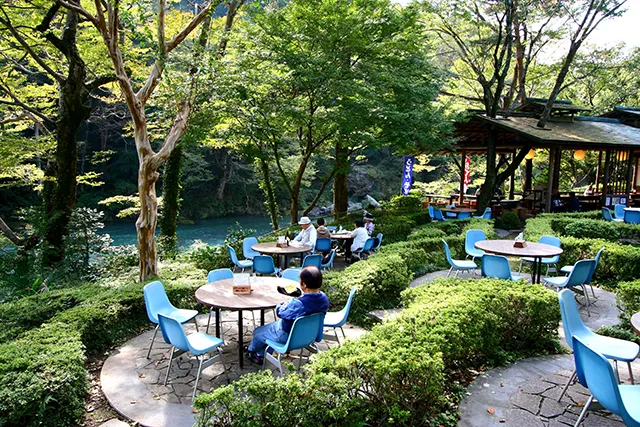
This is a theme park for “Sawanoi”, a local sake from the Okutama region that represents Tokyo, and it is a garden that spreads along the Mitake-keikoku Valley. You can take a tour of the brewery at Ozawa Sake Brewery, which brews Sawanoi.
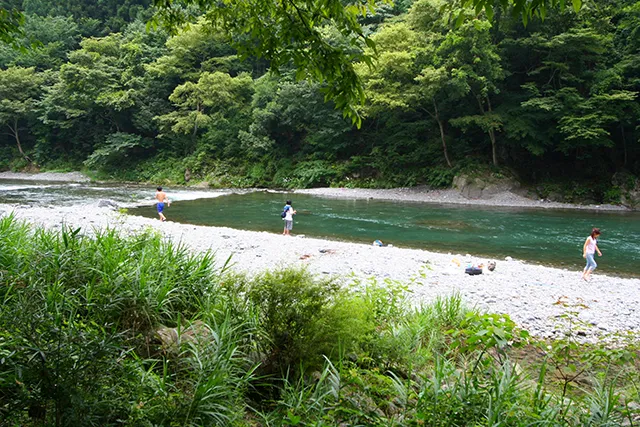
Here you can enjoy rainbow trout fishing at a managed fishing spot created by damming the Tamagawa River.
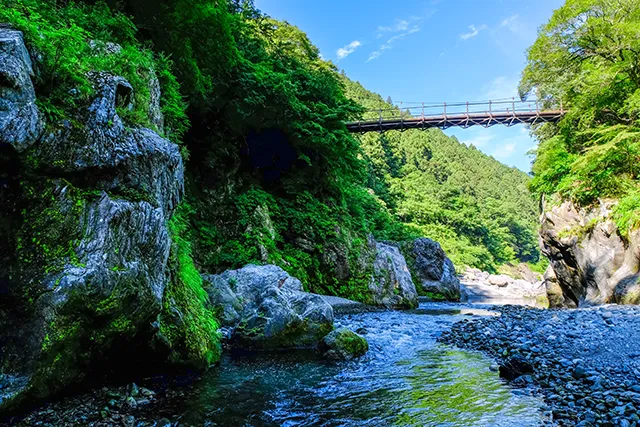
This valley is said to be the most beautiful valley in Okutama with a length of about 500m created by erosion of the surrounding mountains by the Tamagawa River. The sight of the Tamagawa River flowing under about 40m cliffs is spectacular as it courses between huge and oddly shaped rocks. The view from the bridge over the Tamagawa River is also a recommended hiking spot.
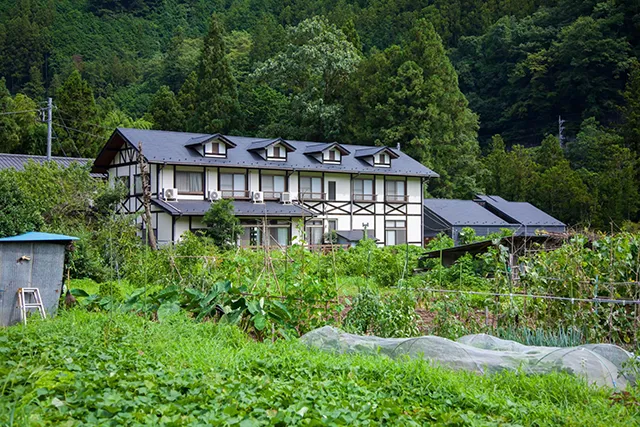
Yamabato Sanso is a small simple inn that welcomes visitors searching peaceful walks in the mountains of Okutama. There are cottages, Japanese-style and Western-style rooms available. It is an 8-minute walk from Hatonosu Station.
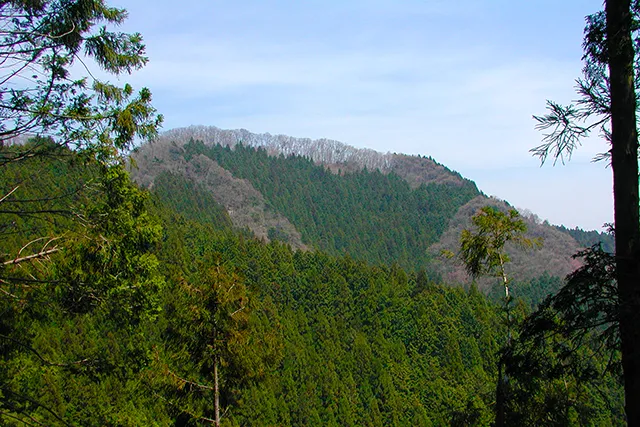
Mt. Iwatakeishiyama with an altitude of 793m, Mt. Takamizusan, one of the 100 famous mountains of flowers, and Mt. Sogakusan where the blue shrine called Okumiya is located, are together called Takamizu Sanzan. They are popular with a wide range of people from beginners to the experienced.
This hiking course allows you to enjoy three mountains in one climb and is about 10km long with an elevation difference of 548m. It takes about 4 hours to complete.
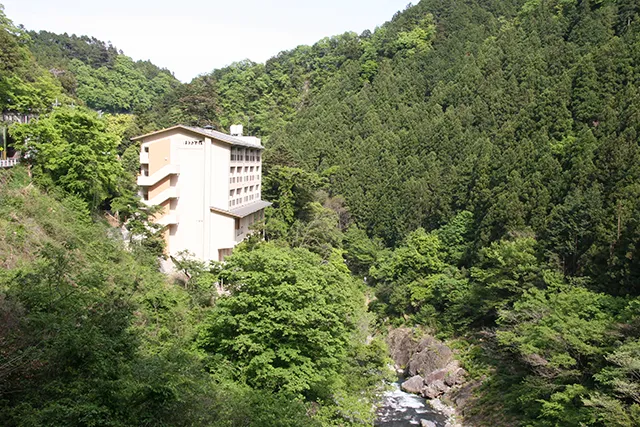
Hatonosu-so was opened in 2015, and all rooms face the Hatonosu-keikoku Valley. There are Japanese-Western-style rooms, Western-style rooms and barrier-free rooms as well.
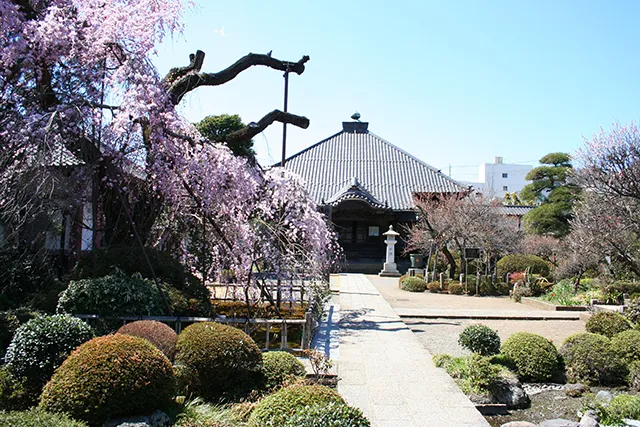
This temple is the origin of Ome's namesake. The plum trees planted in this temple are called Tairano Masakado’s promised plum, named for an important man from the Heian period. The city was named Ome because the fruit of the plum trees are always green.
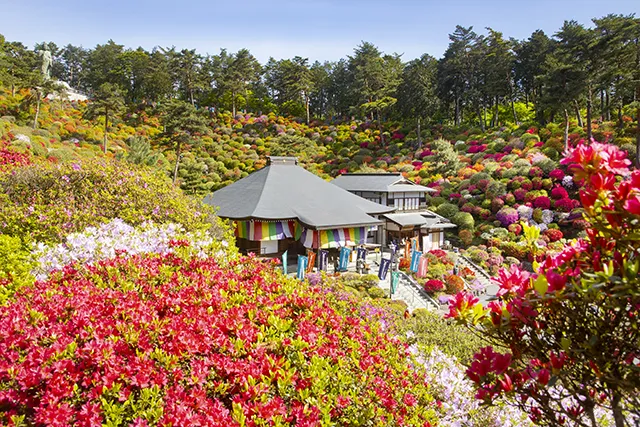
About 20,000 azaleas are in full bloom, and many people visit every year for the “Azalea Festival” held in spring. In addition to azaleas, the precinct is surrounded by flowers such as hydrangeas and lilies. The statue of the Juichimen Senju Kannon Ryuzo, the principal object of worship, was registered as a nationally designated important cultural property in 2020.
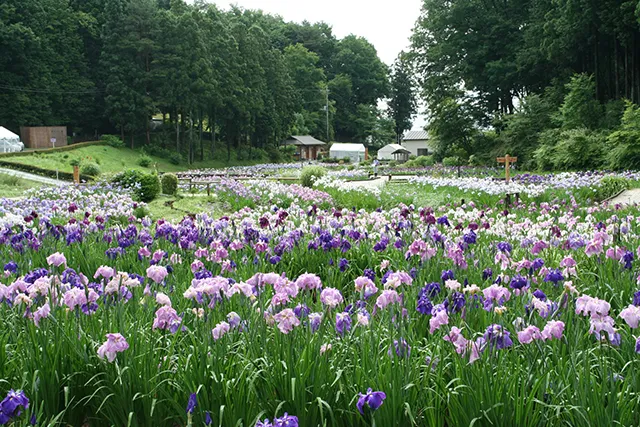
About 250 varieties of Japanese iris can be found in full bloom in this park, with the best time to see them being around June of every year. You can walk along the wooden deck to observe all the Japanese irises on display. Higanbana(red spider lilies) can also be enjoyed from the end of September through October.
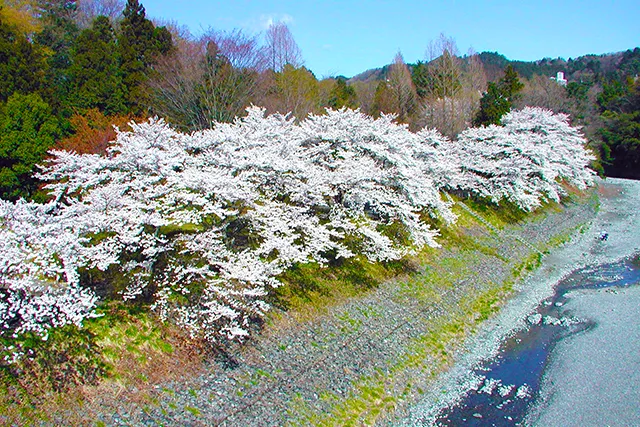
The park is built along the Tamagawa River, and the promenade is lined with cherry blossom trees, making it a popular photo spot. The park also hosts the Ome City Folk Museum and the former Miyazaki House, an important cultural property. This park is an important place of recreation for Ome citizens.
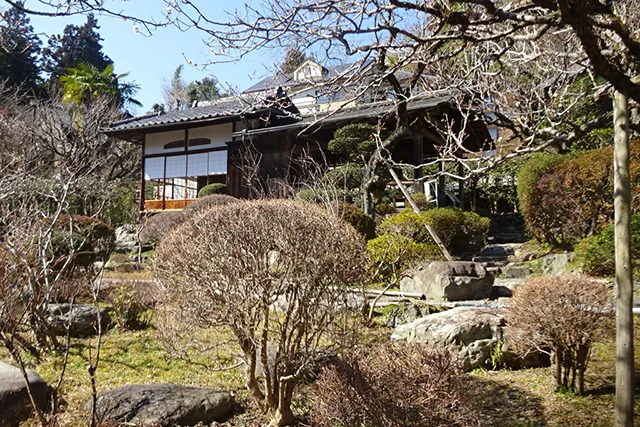
This garden was owned by Kunitoshi Tsugumo, a politician of the early Showa period who was born in Ome. In the garden there is a tea ceremony room where you can participate in a tea ceremony while enjoying the seasonal scenery such as weeping cherry blossoms, plum blossoms, Buttercups and maples trees.
Spot Map
The above is an example plan. Please inquire for details

